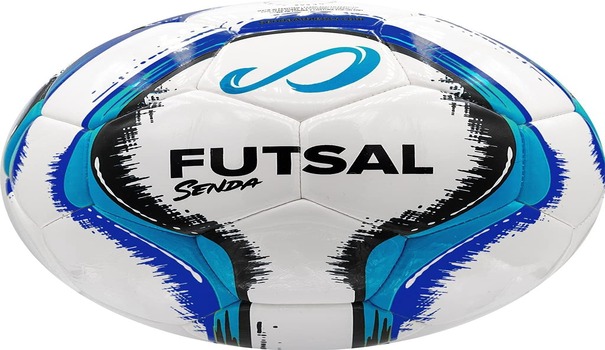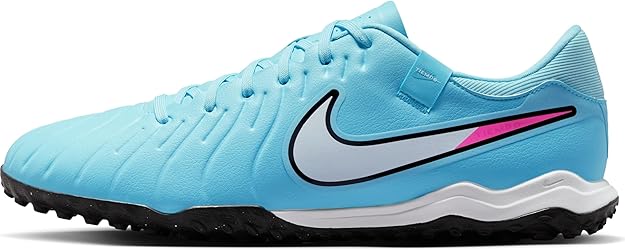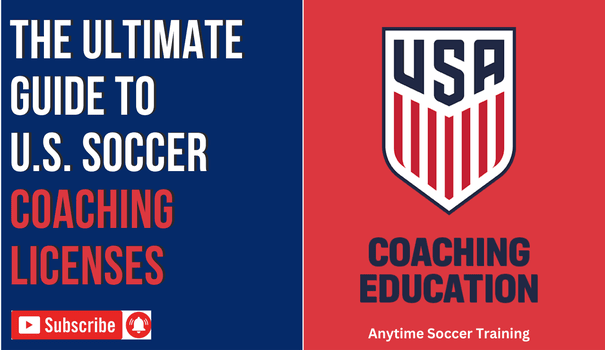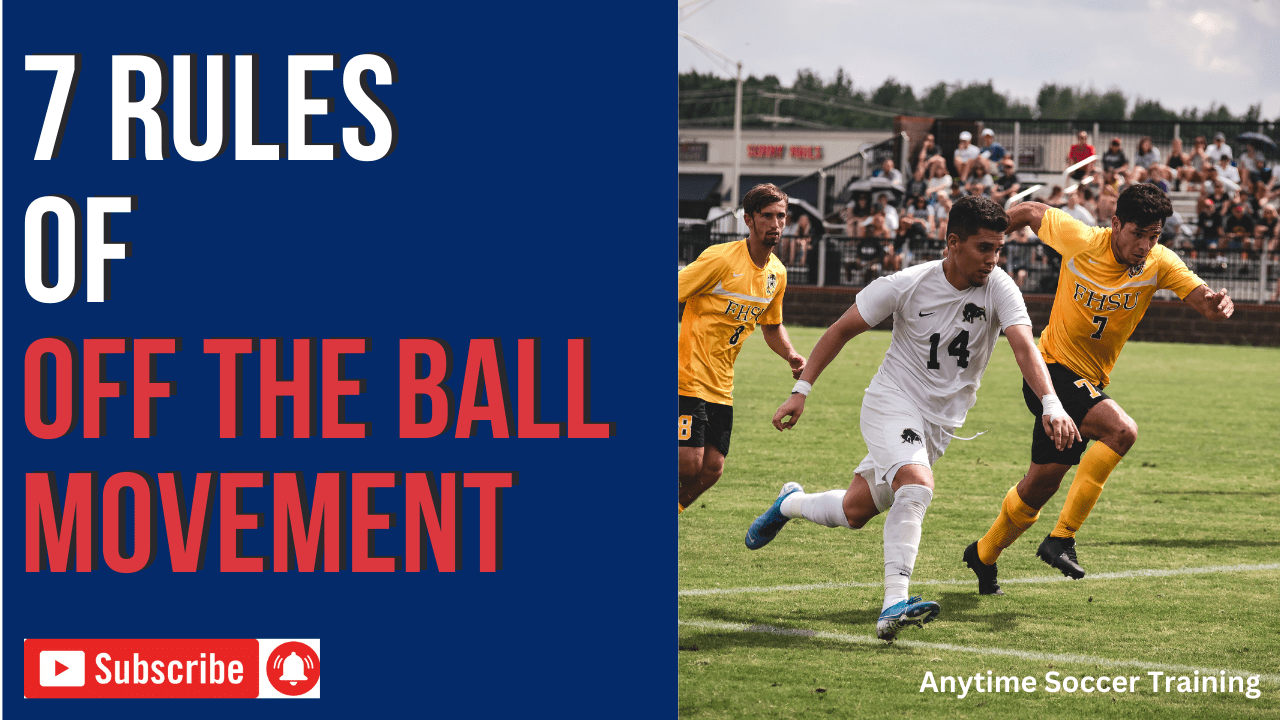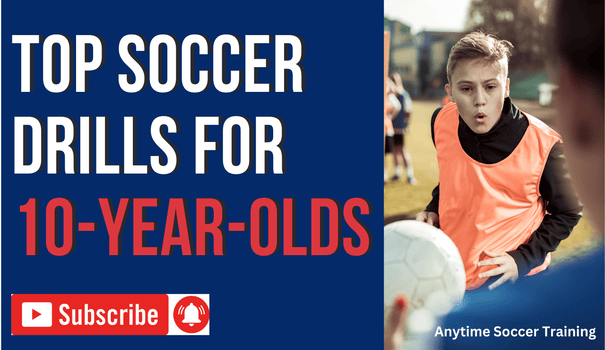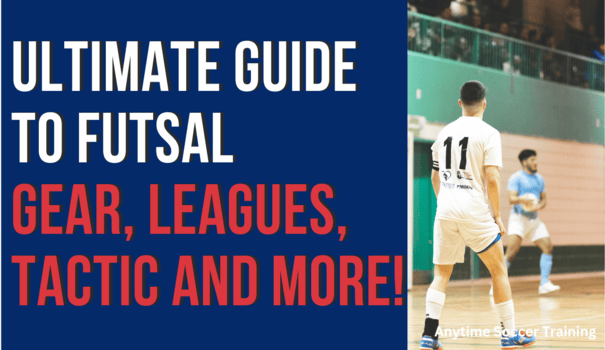
Welcome to the ultimate futsal beginners’ guide — a complete, parent-friendly resource for anyone curious about this fast-paced, skill-focused game that is taking the soccer world by storm.
Related: Why My Son Plays Futsal
My own futsal journey started the way many parents’ do. I am a soccer dad whose kids fell in love with the game.
I wanted to give them every chance to improve, but I did not grow up with futsal.
After seeing how quickly their touches, confidence, and decision-making sharpened in the indoor game, I realized I needed to learn fast — so I pulled everything together here to save you the same late-night research.
What Is Futsal?
Futsal is a small-sided form of soccer played indoors on a hard court with five players per team, four outfield players and a goalkeeper. It uses a smaller, heavier, low-bounce ball that stays on the ground, rewarding quick passing, close control, and smart decisions.
There are no walls or boards — just skill, movement, and teamwork.
Where Futsal Comes From
Born in South America in the 1930s, notably Uruguay and Brazil, futsal evolved as a way to play quality football in gyms and tight spaces.
The name derives from the Spanish fútbol sala or fútbol de salón, meaning indoor football.
Over time, standardized rules helped futsal spread globally, from school gyms to national teams and professional leagues.
Why Futsal Is Not Just Indoor Soccer
Traditional indoor soccer often uses walls, which changes how the ball moves and how players make decisions.
Related: 5 Best Rebounders
Futsal removes the crutch of wall play and demands real technique: crisp passes, purposeful movement, and smart angles. For my kids, that meant more meaningful touches and far less chasing.
Rules of Futsal, Quick Parent Primer
- Duration, two halves of 20 minutes with a stopped clock.
- Players, five per team with unlimited rolling substitutions.
- Restarts, kick-ins instead of throw-ins, taken within four seconds.
- No offside, encourages fluid and creative attacking.
- Fouls, after five team fouls in a half the opponent receives accumulated free kicks.
- Goalkeeper, four-second possession limit and only one back-pass per possession sequence.
- Timeouts, one per team per half.
These rules create a fast, technical, high-engagement game where every player is involved.
Why the Pros Keep Pointing to Futsal
Many of the world’s best grew up on futsal courts. Lionel Messi credits futsal with helping him think and react faster. Ronaldinho developed his flair and ball mastery in futsal.
Cristiano Ronaldo sharpened close control and quick skills indoors. Neymar calls futsal school for soccer.
When I watched my kids get more meaningful touches in one futsal match than in multiple outdoor games, it clicked — this format accelerates development.
Benefits of Futsal Versus Outdoor Soccer
More touches per player, smaller teams, and constant involvement. Faster decisions, tight spaces force quick thinking and anticipation.
Sharper technique, low-bounce ball demands clean first touches and precise passing. Confidence in traffic, players learn to handle pressure with the ball at their feet. Year-round access, indoor courts reduce weather interruptions.
Outdoor soccer remains essential for endurance, spacing, and the larger tactical picture, while futsal supercharges technique and speed of thought.
Should Kids Play Only Futsal
Futsal-only can be great for younger players, U7 to U9, to build a strong technical base.
Best practice is to mix futsal, for skills and speed of play, with outdoor soccer, for endurance, spacing, and aerial play.
Think of futsal as the classroom for technique and outdoor as the lab where those skills scale up on a big field.
Youth Futsal Tournaments in the U.S.
If you’re hunting for high-quality youth futsal tournaments in the United States, start with the two national organizers that run the biggest circuits: US Youth Futsal (USYF) and United Futsal.
You’ll also find long-running events under U.S. Futsal plus a few notable independent tournaments.
US Youth Futsal (USYF)
- Regional Championships — Thirteen regional events across the country. Champions and finalists typically earn guaranteed bids to USYF Nationals. US Youth Futsal
- USYF National Championships — One of the largest national youth futsal tournaments in the U.S.
US Youth Futsal Nationals - State Championships — Local/state events that are part of the USYF Championship Series; some states also run regional qualifiers and pathways into regionals/nationals. US Youth Futsal State Championships
United Futsal
- Champions Cup Series (CCS) — Season-long circuit culminating in CCS Finals in Orlando; United Futsal also stages National Championships and multiple regional championships. Links: CCS overview , CCS Finals
- World Futsal Championships (Orlando) — A large international youth tournament hosted annually in Orlando. Link: United Futsal
- United Futsal National Championships — Example: recent edition hosted in Oklahoma City (details vary by year). Link: United Futsal National Championships
U.S. Futsal (US Futsal)
- U.S. Futsal National Championship — Long-running national championship (separate from USYF/United Futsal). Event site
Other Notable Tournaments
- Northeast Futsal Fest (Boston, MA area) — A New England staple historically run in the Boston market; check for current dates and registration. Event site
- Infinity Winter Grand Prix (Houston, TX) — Historically listed as an AAU Disney Qualifier in early January (dates and venue can change by year). Event site
How to Find (and Verify) Upcoming Tournaments
- USYF Tournaments: Start at Regionals/Nationals pages for locations, dates, and qualification details. Event site
- United Futsal Calendar: Full season calendar for CCS, Nationals, and World Futsal Championships. Events Link
- U.S. Futsal: National Championship and regional events under the U.S. Futsal umbrella. Events Link
Note: Dates, venues, and qualification rules can change every season. Always confirm on the organizer’s official event page before booking travel.
Futsal Equipment, What You Actually Need
When my kids started, this was my first question: what is essential and what is not. Here’s what I learned and recommend.
Futsal ball – Recommendation Buy Now
A smaller, heavier, low-bounce ball keeps play on the floor and rewards control. Sizes, size 3 for younger kids, size 4 for older youth and teens.
Recommended, Official size 3 or size 4 futsal ball.
Footwear, what I recommend – Buy Now
Skip cleats. Choose flat, non-marking indoor shoes with solid grip and a snug, stable feel.
Other Top picks,
- Nike React Gato, excellent cushioning and grip for fast stops and starts. Buy Now
- Adidas Samba Classic, timeless, durable, and budget-friendly. Buy Now
- Adidas Unisex, a futsal favorite for comfort and court feel. Buy Now
Shin guards – Recommendation Buy Now
Lightweight, comfortable guards that fit securely under long socks.
Optional extras
- Goalkeeper gloves – Recommendation
- Knee pads for keepers – Recommendation
- Gym bag to keep ball, shoes, guards, socks, and – Recommendation
- Water bottle together – Recommendation
Pro tip, start with the ball and shoes, add the rest as your player commits.
Futsal FAQs, Fast Answers
- How long is a futsal game, two 20-minute halves with a stopped clock for dead balls.
- Is there offside, no, which encourages creative attacking runs.
- Goal size, 10 feet wide by 6.5 feet high.
- Ball size, size 4 for most youth, size 3 for younger players, both low-bounce.
- Is futsal good training for soccer, yes, it builds quick decisions, close control, vision, and confidence in tight spaces.
Final Thoughts
Futsal is not a winter substitute. It is a stand-alone sport with deep roots, global reach, and a proven impact on player development.
For my family, it started with kids who loved the game and a parent who needed to learn quickly.
The payoff has been more touches, better decisions, stronger fundamentals, and more joy with the ball.
